Introduction
Tooth whitening is a popular service in modern aesthetic dentistry, aimed at improving the color of teeth through various methods to make them whiter and more beautiful. However, the safety issues during the whitening process cannot be ignored. This article will delve into the safety considerations, common methods, potential risks, prevention, and treatment methods of teeth whitening, helping readers to comprehensively understand and manage this beauty need, ensuring beauty without harming health.
Common methods for teeth whitening
There are various methods for teeth whitening, and the appropriate whitening method should be selected according to the specific situation and needs of the patient:
- Home Whitening Kit :
Whitening Toothpaste: Contains mild whitening ingredients such as silica, hydrogen peroxide, etc., which gradually improve tooth color through daily brushing.
Whitening strip: Use a whitening strip containing hydrogen peroxide and apply it to the surface of teeth for several hours to achieve a whitening effect.
Whitening mouthwash: A mouthwash containing whitening ingredients that gradually improves tooth color through daily rinsing. - Clinic Whitening :
Laser Whitening: Using high concentrations of hydrogen peroxide or urea peroxide, combined with a laser light source, to accelerate the penetration and reaction of whitening agents, quickly improving tooth color.
Cold Light Whitening: Using high concentration hydrogen peroxide combined with a cold light source, the penetration and reaction of whitening agents are accelerated through the action of light energy, achieving a whitening effect.
Professional Whitening Agent : Dentists use professional whitening agents in clinics to achieve whitening effects through local application or patches. - Home Care :
Daily care : Maintain good oral hygiene habits, regularly brush teeth, use dental floss and mouthwash, and reduce pigmentation.
Dietary Adjustment: Reduce intake of foods and beverages containing pigments, such as coffee, tea, red wine, etc., to avoid discoloration of teeth.
Potential risks of teeth whitening
Although teeth whitening can significantly improve tooth color, improper whitening methods may bring some potential risks:
- Tooth sensitivity : High concentrations of whitening agents may cause tooth sensitivity, manifested as pain when stimulated by cold, hot, sweet, sour, and other stimuli.
- Gum irritation: Whitening agents that come into contact with the gums may cause redness, pain, or inflammation.
- Tooth structure damage : Overuse of whitening agents or improper operation may cause enamel damage, affecting the hardness and luster of teeth.
- Pigmentation : Some whitening agents may form new pigmentation on the surface of teeth, which can actually worsen tooth discoloration.
- Allergic reactions : Some individuals may be allergic to certain ingredients in whitening agents, leading to oral mucosal inflammation or allergic reactions.
Safety considerations for teeth whitening
To ensure the safety and effectiveness of teeth whitening, the following aspects need to be noted:
- Choose the appropriate whitening method :
Assess the condition of teeth: Before whitening, a comprehensive dental examination should be conducted to evaluate the health of the teeth and rule out problems such as periodontal disease and dental caries.
Choose the appropriate whitening method based on the specific condition of the teeth and the patient’s health status. For mild discoloration, you can choose a home whitening kit; For severe discoloration, it is recommended to undergo clinic whitening under the guidance of a professional dentist. - Follow professional guidance :
Consult a dentist : Before any whitening treatment, it is recommended to consult a professional dentist to understand the indications and contraindications of whitening and obtain personalized treatment advice.
Strictly follow the instructions for use : When using household whitening products, it is necessary to strictly follow the requirements of the product manual to avoid excessive or prolonged use. - Pay attention to the care after whitening :
Avoid irritating foods : Within 24 hours after whitening, avoid consuming foods and beverages containing pigments, such as coffee, tea, red wine, etc., to prevent pigment from re depositing.
Maintain good oral hygiene : Continue to maintain good oral hygiene habits, regularly brush teeth, use dental floss and mouthwash, and prevent pigmentation and plaque formation. - Monitor whitening effect :
Regular followup : After whitening, regularly visit the dentist to monitor the whitening effect and dental health status, and adjust the treatment plan in a timely manner.
Evaluate longterm effectiveness : The whitening effect may gradually decrease over time and requires regular evaluation and maintenance to ensure longterm whitening effectiveness.
Risk prevention and treatment methods for teeth whitening
Once adverse reactions related to teeth whitening occur, timely medical attention should be sought and appropriate treatment measures should be taken according to the condition:
- Tooth sensitivity :
Use desensitizing toothpaste : Choose desensitizing toothpaste containing potassium nitrate or fluoride to help seal dentinal tubules and alleviate sensitivity symptoms.
Topical medication : Dentists can use professional desensitizers in the clinic and apply them directly to sensitive areas to relieve pain.
Avoid irritation : Avoid consuming spicy foods such as cold, hot, sweet, and sour to reduce the occurrence of sensitive symptoms. - Gum irritation:
Use antibacterial mouthwash : Use mouthwash containing chlorhexidine or compound borax solution to clean the mouth and reduce bacterial infections.
Local medication: Dentists can use ointments containing glucocorticoids or antibiotics in the clinic to apply to the gums, reducing inflammation and pain.
Cold compress : Gently apply ice cubes or a cold towel to the gums to relieve pain and swelling. - Tooth structure damage :
Stop Whitening : Immediately stop using whitening agents to avoid further damage.
Repair treatment: For teeth with cracks or damage, composite resin or glass ionomer materials can be used for filling to restore the appearance and function of the teeth.
Dental crowns or veneers : For severely damaged teeth, dental crowns or veneers can be used for restoration to protect the surface of the teeth and reduce sensitivity. - Pigmentation :
Re whitening : Under the guidance of a dentist, perform appropriate re whitening treatment to remove newly formed pigmentation.
Daily care : Maintain good oral hygiene habits, avoid consuming foods and beverages containing pigments, and prevent pigmentation. - Allergic reactions :
Stop using : Immediately stop using whitening agents that cause allergies and avoid further irritation.
Anti allergy treatment: Under the guidance of a doctor, use antihistamines or local hormone ointments to alleviate allergy symptoms.
Consult a doctor : Seek medical attention promptly, undergo allergen testing, identify allergens, and avoid contact again.
Conclusion
Teeth whitening is a popular cosmetic requirement, but safety is an important consideration that cannot be ignored. By understanding the common methods, potential risks, and preventive measures of teeth whitening, we can take scientifically reasonable measures to ensure beauty without harming health. I hope this article can help readers better understand the safety considerations of teeth whitening, take appropriate preventive and treatment measures, and protect their own and their family’s dental health. Through comprehensive management and timely treatment, we can have white and bright teeth and enjoy a healthy and comfortable life.

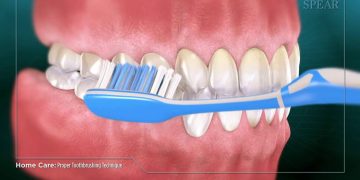
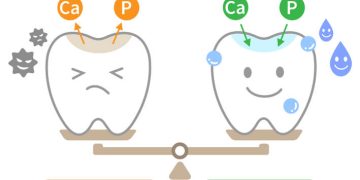
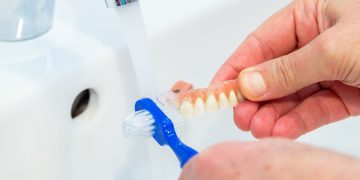




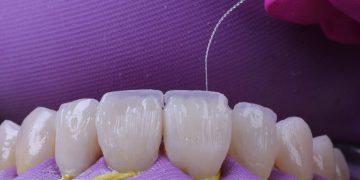
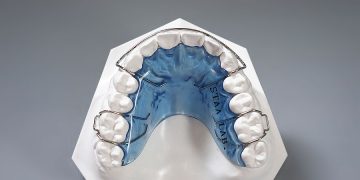

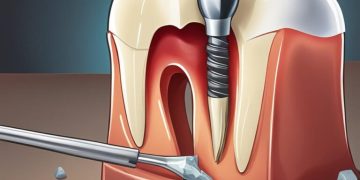
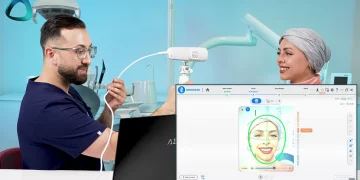


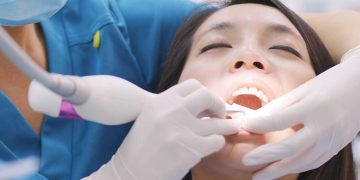









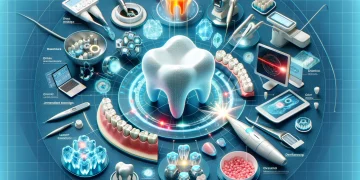





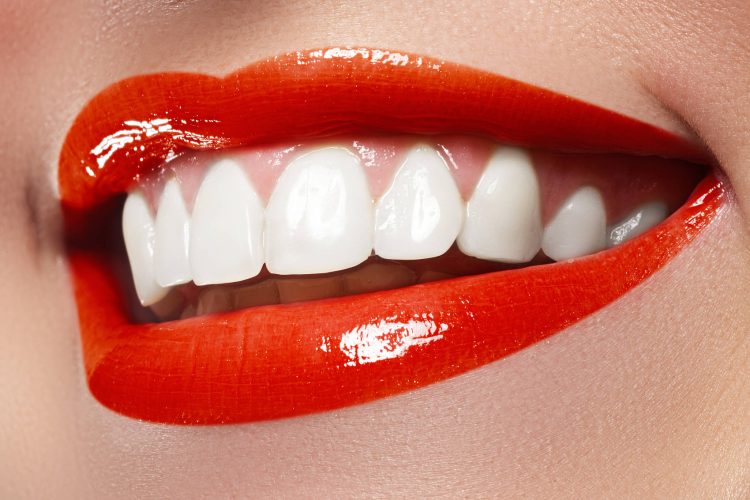













Discussion about this post